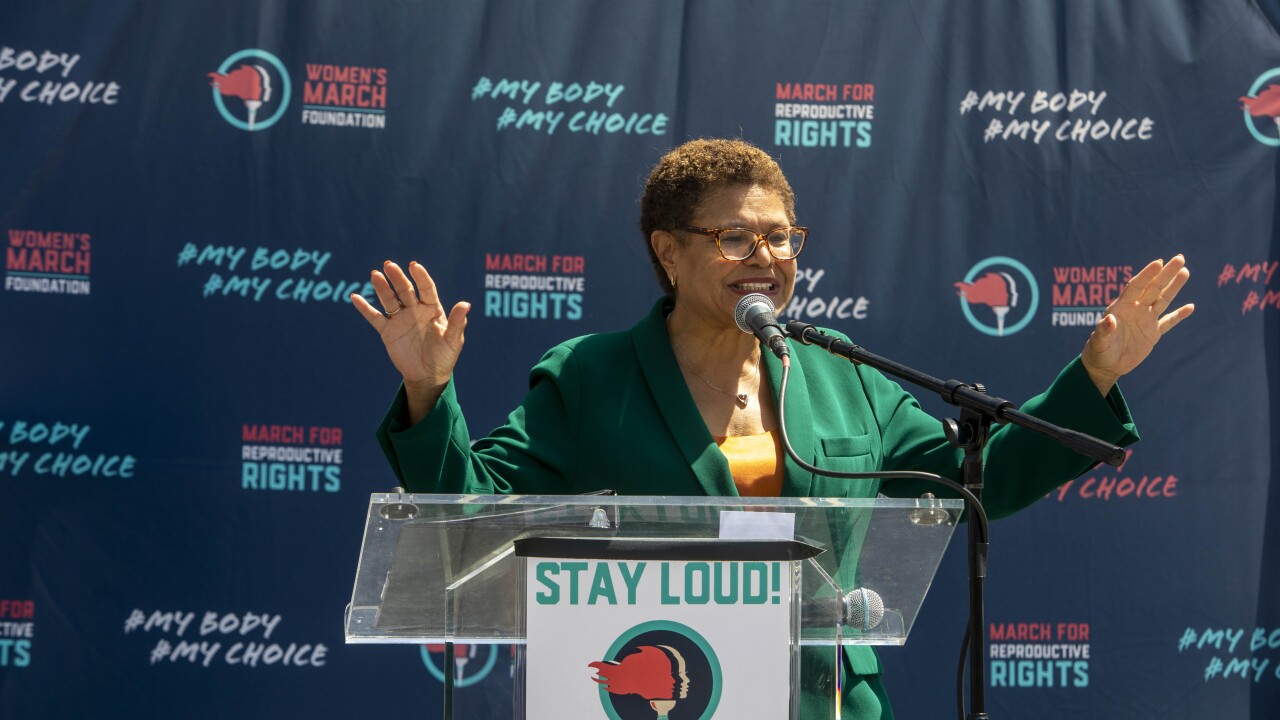WASHINGTON — State and local governments increasingly are facing court challenges over their attempts to use furloughs to cut expenses as revenues decline, a trend that could have negative credit implications, Moody’s Investors Service warned in a report released this week.
Governments that are forced to honor union contracts and pay workers “will face more negative pressure” on their ratings, said Edith Behr, the vice president and senior credit officer at Moody’s who wrote the report. “Without the right to impose furloughs, governments, already facing revenue shortfalls and liquidity constraints that have led to a negative outlook on the state ratings sector, will have to find alternatives to cutting their budgets.”
The National Association of State Budget Officers’ June 2009 Fiscal Survey of States found that 17 states used furloughs to address their fiscal 2009 revenue shortfalls and 21 states were considering such an approach for fiscal 2010, Moody’s said.
More recently, the National Conference of State Legislatures reported that 19 states furloughed workers as part of their fiscal 2010 budgets. But in some cases unions representing police officers, teachers, and other government employees successfully challenged the furloughs and corresponding pay cuts, claiming they violated labor agreements.
California, Hawaii, and Prince George’s County, Md., lost battles with unions as judges ruled they overstepped their authority. However, officials in both Hawaii and Prince George’s County warned that government workers would be laid off if they could not be furloughed.
The Rhode Island Supreme Court is expected to hear arguments in a furlough dispute today. Unions in the state are challenging an executive order issued by Gov. Donald L. Carcieri in August to shut down executive offices for 12 days during the current fiscal year in an effort to save $68 million.
In California, a Superior Court judge ruled last week that Gov. Arnold Schwarzenegger did not have the authority to furlough about 7,000 workers at the State Compensation Insurance Fund. The state is expected to appeal that ruling. Those 7,000 are part of a total of 200,000 workers the state plans to furlough three days a month to save an estimated $1.3 billion this fiscal year.
But Gabriel Petek, Standard & Poor’s primary analyst for California, said the furloughs might not be cost effective because they will disrupt the state’s tax collections and possibly cost up to $1 billion. The furloughs also have a negative economic effect as workers bring home less pay, he said.
Furloughs “introduce a de-stimulutive impact into the economy for sales and personal income taxes,” Petek said. “We definitely view it as a double-edged sword.”
In Hawaii, a circuit court judged ruled in July that Gov. Linda Lingle violated collective bargaining agreements by ordering furloughs for three days a month this fiscal year. The governor’s office continues to negotiate with the workers’ union to settle the case.
Last month, a federal judge in Maryland ruled that Prince George’s County violated the Constitution in choosing to furlough workers rather than take alternative measures, such as tapping cash reserves, to protect its triple-A rating. The county said it will appeal the ruling.
As the court challenges continue, rating analysts will be asking state debt officials whether furloughs are an option for cutting costs, according to Petek.
“The states that have not yet pulled that lever may still have some flexibility,” he said. “The states that have already deployed that may be reaching the limit of how much they can shut down the state government to preserve cash,” he said.





